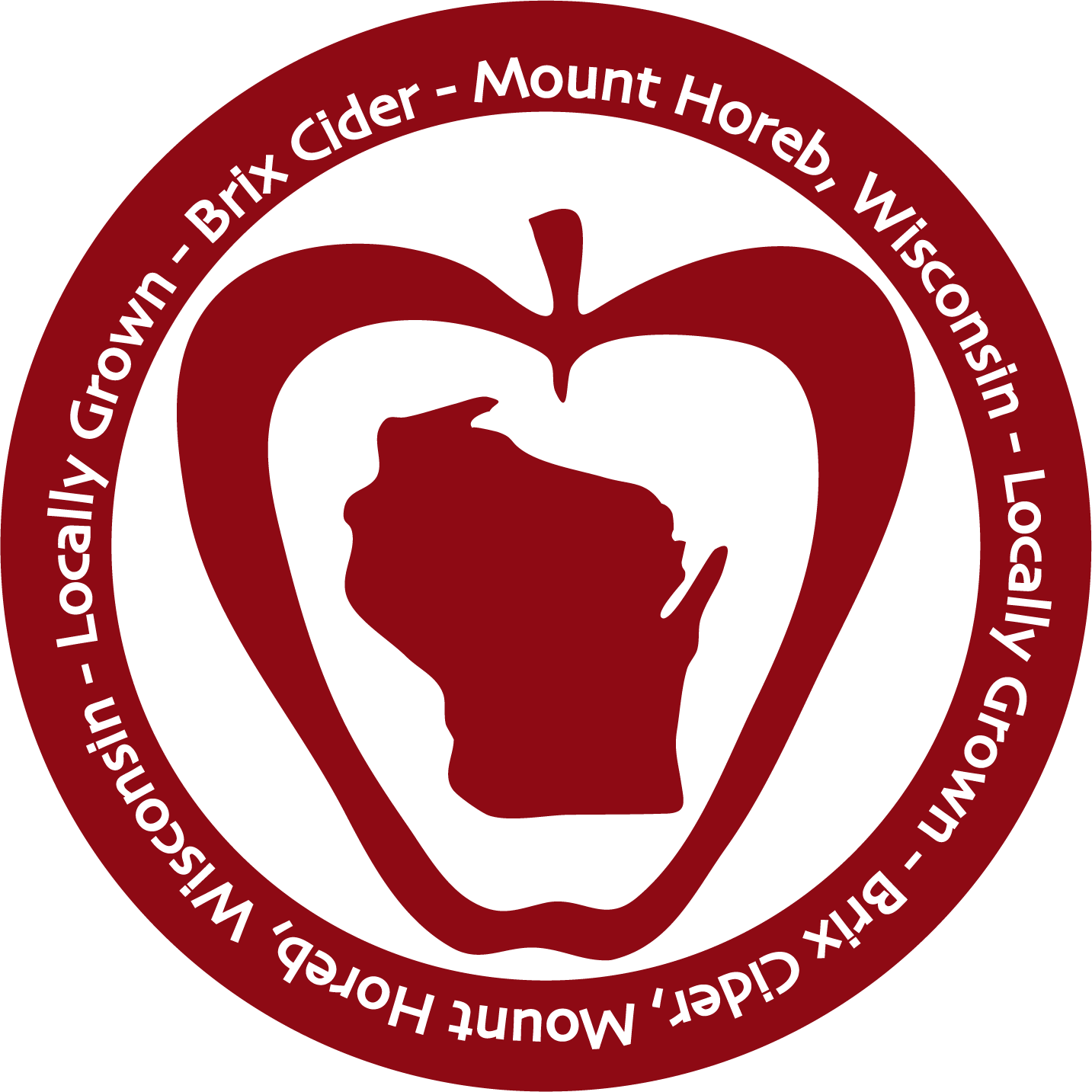Uncommon Crop Cider - Seaberry
About
Seaberries, also known as Sea Buckthorn (Hippophae rhamnoides) are shrubs that can grow up to 15 feet with numerous bright orange little berries that burst in your mouth with intense citrusy flavor. While related to the invasive Eurasian Buckthorn, seaberries are much less likely to be invasive (see the discussion on the Carandale Fruit Farm webpage about seaberries for more information: http://uncommonfruit.cias.wisc.edu/?p=198 ). Seaberries are native to Asia where there were famously a prized food of Gengis Khan and his armies. They berries were credited with giving his armies and his horses energy, and the Latin name Hippophae literally translates to “shiny horse.” Perhaps we should call the next seaberry cider “Shiny Horse Cider.”
Growing Seaberries
Seaberries are well adapted to our climate in Southwestern Wisconsin. They’re cold hardy, relatively pest and disease resistant, and productive. The biggest challenge with seaberries is that the very small fruit are difficult to harvest on their thorny branches. Carandale Fruit Farm, our partner on this project, has tested out several cultivars of seaberries, and their findings are detailed here: http://uncommonfruit.cias.wisc.edu/?p=198
Above: Seaberries growing at Carandale Fruit Farm
Making the Cider
We actually made two batches of seaberry cider. In the first one we were quite cautious. The fruit are so intensely flavored that we worried about easily over-doing it. We also worried about the possibility of citric acid being converted to diacytel (a potentially undesirable result of fermentation) in large quantities. For the first batch, we froze the berries, crushed them, put them in fine meshed nylon bags, and put them right into the cider during fermentation, leaving them for about 2 weeks.
For the second batch, we tried something a little different. We had heard that the leaves of seaberries are commonly used in an herbal tea and that the branches would be harmless in the cider, so instead of using tediously harvested berries, we actually used whole clusters of berries on the branches with leaves and all. Again we froze them and crushed the berries before putting them in the cider, but in this case, we put in branches, leaves, and all as well. Both of the two ciders were lightly back sweetened with honey after fermentation.
Above: Marie from Brix Cider and Corey from Carandale Fruit Farm, bringing whole branches of seaberries to be used in cider
Tasting the Ciders
The first cider, where we were very cautious with the seaberry addition, was quite mild. There were some fresh, citrusy notes that we liked, but we felt that we under-did it with the seaberry addition.
The second cider, where we added the whole branches and leaves certainly took on some additional herbal flavors and aromas, and it had more overall intensity than the first cider, while still not being particularly strong in flavor. Overall the Seaberry Ciders scored a 6.95 out of 10 on our consumer tasting survey. While this score isn’t very high compared to some other crops we tested, it also partly reflects the overly mild nature of the first cider we made.
Flavor descriptions from our focus group tastings were based on the second cider we created, and descriptive words from that tasting are included in the apple word cloud below.
Above: Word cloud of descriptors of the seaberry cider from our focus group tasting
Conclusions
We found seaberries very intriguing. They certainly add some unique flavors and aromas, and we would like to play with them more and continue exploring possibilities. The idea of using the whole branch with leaves, berries, and all might help solve the biggest constraint with seaberry production (the tedious harvest) and it will be interesting to explore if this is a long term strategy that could be viable.



